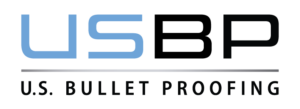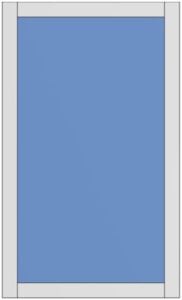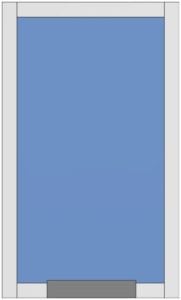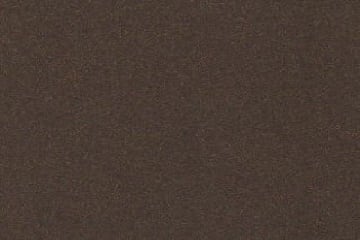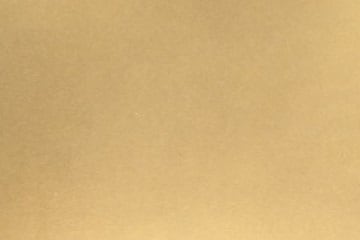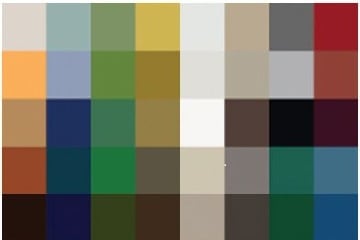Interior Bulletproof Transaction Window
USAW 300 – Interior Bulletproof Transaction Window System
The 300 Series window is a fixed aluminum ballistic window designed for indoor applications, for secure areas or as an interior transaction window. We take pride in the fact that these interior bulletproof transaction windows and fixed bulletproof windows are built to withstand gunfire as well as forced entry attempts and explosions. This makes our bulletproof transaction windows a good choice for protecting people and assets in sensitive areas such as banks, schools, police stations and government buildings.
These bullet-resistant transaction windows are available in standard dimensions as well as custom sizes. Multiple anodized and painted finishes also are available to match virtually any type of design.
Just as in related products such as the USAW 400 and USAW 800 series, we design and build everything we provide to deliver the highest levels of security and performance. Since our inception in 1991, we have built a strong reputation for quality, innovation, expertise and commitment. We stand as the industry leader when it comes to protecting people and property because of our unwavering dedication to our principles.
